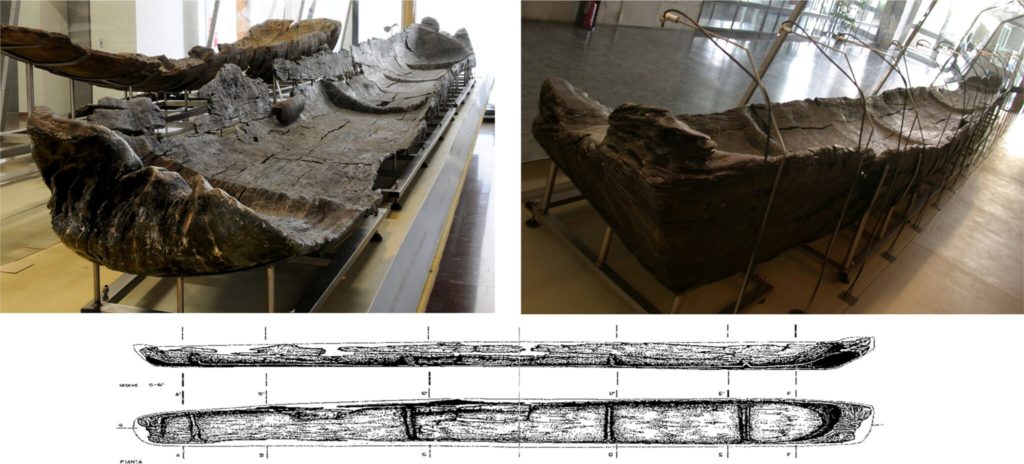Neolithic boats reveal advanced nautical technology of the prehistoric Mediterranean
When we think of ancient civilizations and their accomplishments, we often associate them with great architectural wonders or sophisticated systems of government. However, a recent discovery has revealed that our ancestors in the Neolithic period were also highly advanced in maritime technology. This surprising find sheds new light on the capabilities and knowledge of Stone Age societies, as well as their ability to traverse the vast Mediterranean Sea.
The Mediterranean has long been considered a hub for civilization, with many significant cultures emerging along its shores. But what about the people who were there before these great societies? The study of ancient seafaring has always been a challenge, as the organic materials used in boat construction do not usually survive the test of time. However, a team of archaeologists from the Spanish National Research Council in Barcelona made an incredible breakthrough when they unearthed five canoes at a Neolithic Lakeshore Village called La Marmotta, located near Rome.

Excavation of Canoe 5. Credit: PLOS ONE (2024). DOI: 10.1371/journal.pone.0299765, CC-BY
At first glance, the canoes seemed like typical Neolithic watercraft – hollowed-out tree trunks used for fishing or short distance travel. But upon closer inspection, it was evident that these boats were far more sophisticated than previously thought. The canoes were constructed out of four different types of wood and featured advanced techniques such as transverse reinforcements and t-shaped wooden items with holes that could have been used to tether ropes and sails. This level of craftsmanship and design suggests that the builders had a deep understanding of wood properties and extensive knowledge of how to create sturdy vessels.
One particular canoe stood out as it was associated with three T-shaped wooden objects with multiple holes. This discovery provides strong evidence that these Neolithic boats were not just simple fishing vessels but capable sea-traveling crafts. The team also found stone tools at the site that were connected to nearby islands, indicating that these boats were used for trading and possibly even migration.
The findings of the study, published in the journal PLOS ONE(2024), are groundbreaking as they challenge the traditional belief that seafaring technology did not develop until much later in history. The canoes and other nautical artifacts found at La Marmotta suggest that the Neolithic people were already skilled seafarers, with knowledge and techniques similar to those used by much more recent civilizations.

Canoe Marmotta 1. On display in the Museo delle Civiltà in Rome. Credit: PLOS ONE (2024). DOI: 10.1371/journal.pone.0299765, CC-BY
But how did these Stone Age societies achieve such advanced technology? The researchers postulate that it was a result of collective labor, overseen by a skilled craftsman who had a thorough understanding of the entire boat-building process – from selecting the ideal tree to launching the canoe in the lake or sea. This level of organization and collaboration within the community also speaks to the complex social and technical structure of these Neolithic societies.
The significance of this discovery goes beyond just proving the capabilities of our ancient ancestors. It also sheds new light on their expansion and success in occupying the entire Mediterranean region, from Cyprus to the Atlantic coast of the Iberian Peninsula. The study authors state that “this technology was an essential part of their success” and played a crucial role in their ability to travel and trade across vast distances.
The advanced maritime technology of these Neolithic people has now opened up a new chapter in our understanding of ancient civilizations. It is a testament to their intelligence and resourcefulness, as well as their ability to adapt and thrive in their environment. The La Marmotta canoes serve as a reminder that our ancestors were not just primitive beings, but innovators who paved the way for future advancements in seafaring.




